When water seeps into your carpet—whether from a leaking pipe, overflowing appliance, or unexpected flood—it doesn’t just leave behind a mess. It compromises the integrity of your home, creates a breeding ground for mold and mildew, and can quickly lead to expensive structural repairs if not handled properly.
Carpet water damage is one of the most common yet underestimated problems in residential and commercial properties. What may start as a small, unnoticed leak can silently soak the carpet padding and subfloor beneath, leading to long-term consequences.
Many homeowners don’t realize that even clean water can become hazardous if it lingers for more than 24 to 48 hours. The situation escalates even further if the water is contaminated or the drying process is delayed.
From musty odors and buckled flooring to mold infestations and air quality issues, the aftermath of water damage is not only frustrating—it can also pose serious health risks.
This detailed guide will walk you through everything you need to know about carpet water damage—including how to detect it, how to fix it, and most importantly, how to prevent it from ever happening again.
Whether you’re facing a minor spill or a major flood event, this article equips you with the knowledge and action plan needed to protect your carpet, your investment, and your family’s health.
What Causes Carpet Water Damage?
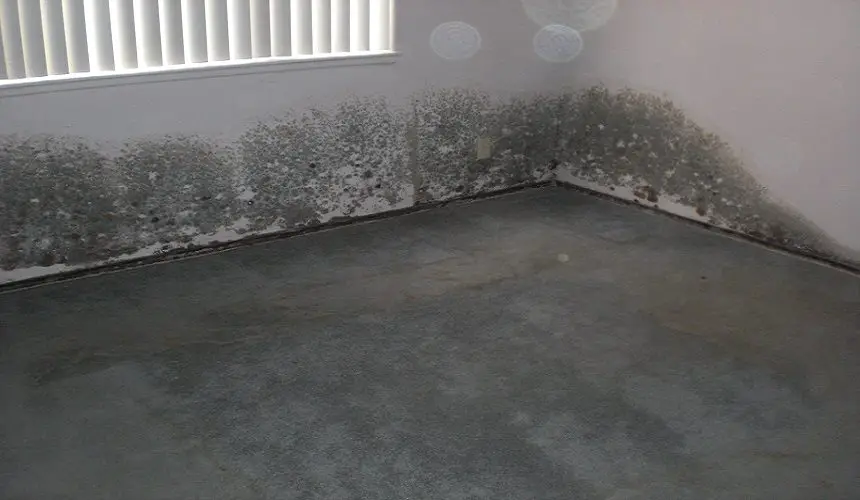
Plumbing Failures and Appliance Leaks
Burst or leaking pipes—especially older copper or iron plumbing—are a common culprit. Hidden leaks behind walls or under floors often go undetected until the carpet starts showing damage.
Appliances like washing machines, dishwashers, humidifiers, boilers, and refrigerators can malfunction. A slow drip can saturate the carpet pad over time, while a sudden overflow completely drenches it. Fix internal pipes immediately if you spot dampness.
This may help: How to Prevent Mold in Carpet That Is Wet
Floods and Weather-Related Water Intrusion
Heavy rains, poor drainage, or storm-driven floodwaters frequently enter homes through basements, windows, or under external outlets. Such floodwater may carry contaminants depending on the source:
- Clean water (Category 1): from pipes or rain
- Gray water (Category 2): containing mild biohazards (like appliance runoff)
- Black water (Category 3): from sewage or floodwater mixed with contaminants—never salvage carpet after black water exposure
Condensation and High Indoor Humidity
Carpets in humid climates or in rooms with poor airflow often trap moisture in the padding, which eventually leads to mold. Condensation can form beneath carpets after steam cleaning or flooding, if drying isn’t done properly.
This may help: How to Remove Carpet During Water Mitigation
Poor Maintenance of Building Structures
Leaky windows, cracked foundations, or gaps under doors allow moisture to seep into carpet edges and under padding. Staying ahead with maintenance—like re-sealing windows and ensuring good drainage—can prevent hidden water damage.
How to Detect Water Damage in Carpet

Musty Odors and Visible Discoloration
If your carpet smells like mildew or mustiness, that’s an early sign of moisture buildup—even without visible dampness. Humidity and organic materials feed mold development.
Discoloration or dark spots often indicate saturated padding or mold colonies—lifesaving visual warnings.
Physical Changes in Carpet Texture
Run your hand across the carpet. Does it feel spongy or damp? Is the padding soft or collapsing under pressure? If so, moisture has penetrated beyond the surface and requires action.
Rippling and Buckling
As water penetrates, carpet backing may swell, stretch, or loosen, resulting in wrinkles or buckles. These irregularities often indicate that the subfloor or padding has shifted due to swelling.
Mold Spotting on Adjacent Surfaces
Mold on baseboards or lower walls near the carpet is a strong sign of sub-surface water damage. Since mold spreads quickly, these signs may indicate deeper issues.
Related Topic: How Carpet Cleaners Work: The Complete Guide for Homeowners
Step-by-Step Water Damage Restoration
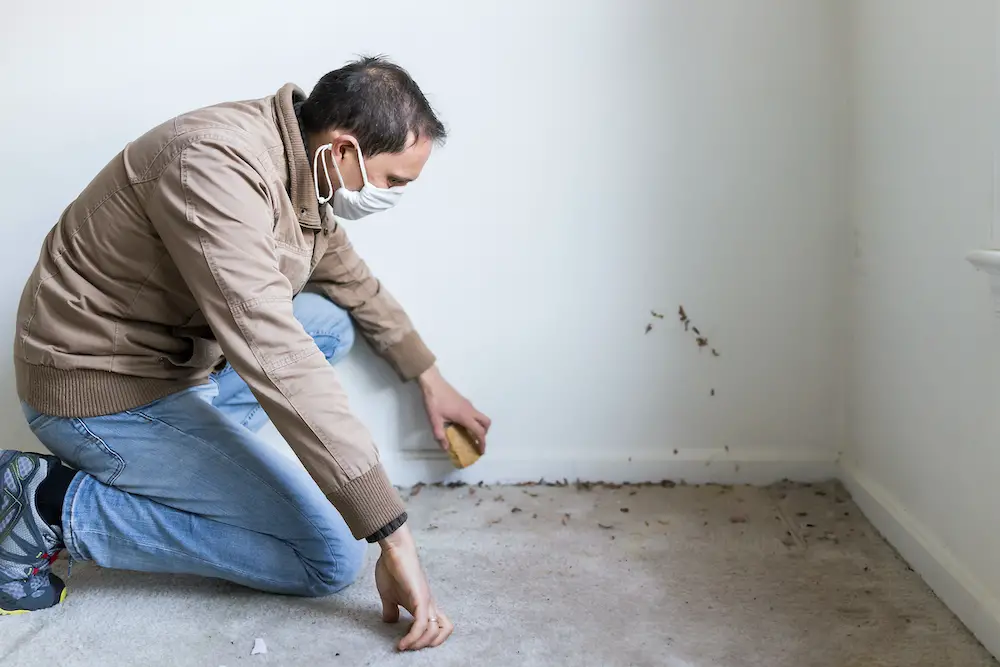
Stop the Source
Immediately shut off the water supply to prevent further damage.
Remove Standing Water
Use a wet-dry vacuum or pump to remove as much water as possible. For minor spills, absorbent towels can work.
Extract Water from Padding
Peel back the carpet to access the padding, which often absorbs most of the water. Extract moisture from the padding using wet vacuums—or replace it if soaked.
Detach and Dry the Carpet
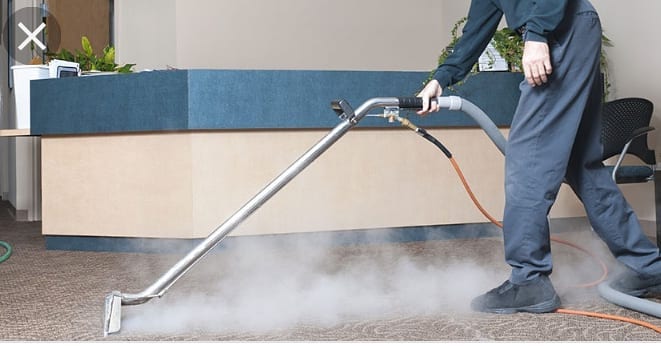
- Gently lift carpet from tack strips or edges
- Roll it up, or hang it outside in dry weather
- Keep it elevated to allow airflow
- Let the carpet dry for 24–72 hours
Use a moisture meter if possible to confirm dryness.
Dry the Subfloor
Open windows and use fans and dehumidifiers to draw moisture out of the subfloor. Continue until the moisture reading is below 16%.
Cleanse and Sanitize
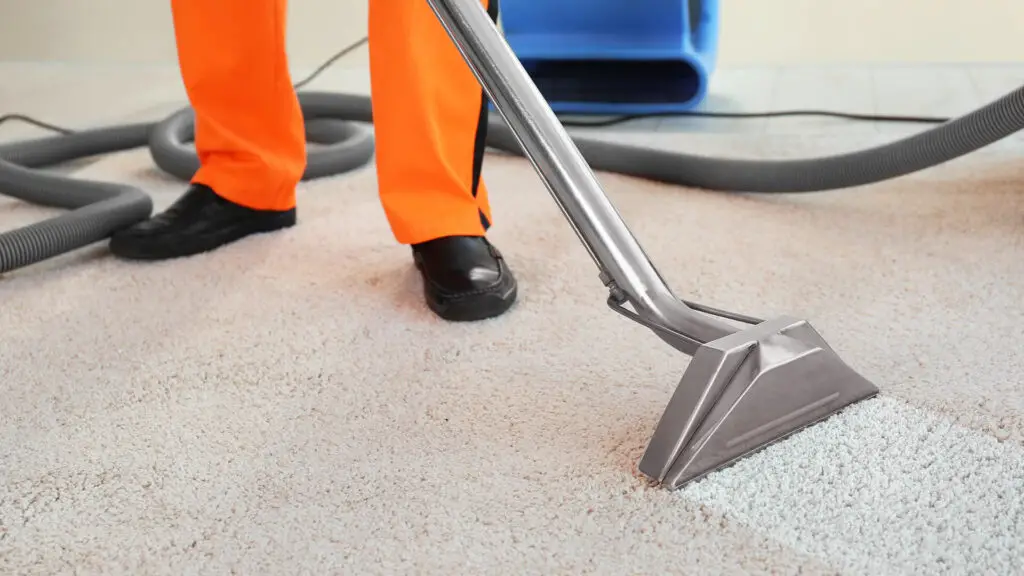
For clean water, use mild detergent and water; for gray water, add antimicrobial agents; for black water, replacement is safer. Steam cleaning after drying helps sanitize deeper layers.
Inspect for Mold
Check the carpet, padding, subfloor, baseboards, and adjacent walls for any mold growth. Discoloration, fuzzy spots, or odor all demand further remediation.
This may help: How to restore water-damaged carpet
Replace Padding or Carpet as Needed
- Padding should usually be replaced after contamination
- Carpets destroyed by mold or black water often need full replacement
- Professionally stretched or patched as required
Reattach and Finish
After all materials are dry and sanitized:
- Install new padding if removed
- Re-stretch and secure carpet back to tack strips
- Trim edges and vacuum thoroughly for a seamless finish
Related Topic: What Causes Carpet Beetles? | Prevention & Removal Guide
Preventing Future Carpet Water Damage (In Depth)
Regular Inspections and Early Detection

Check appliance hoses, under sinks, and around window frames monthly for leaks. A simple moisture sensor near high-risk appliances can help detect water early.
Maintain Proper Indoor Air Balance
Set indoor humidity between 30–50%. Use properly sized dehumidifiers and exhaust fans near bathrooms and kitchens. Replace HVAC filters regularly to prevent airflow issues.
This may help: Clean water damaged carpet
Use Water-Resistant Underlay
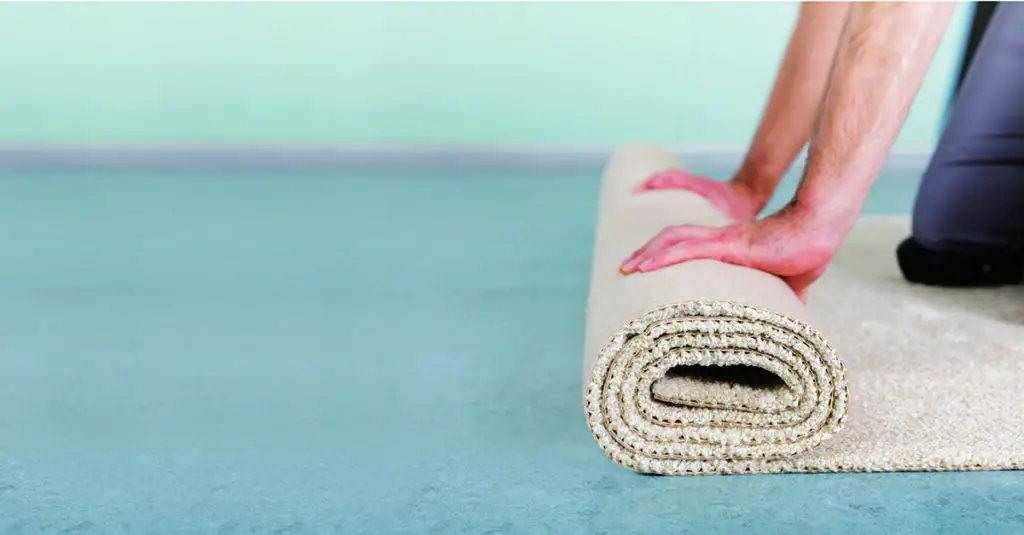
When installing new carpets in areas with moderate moisture, choose rubber or antimicrobial pad. Though pricier, these reduce mold risk.
Avoid Carpet in Moist Areas
For wet-prone rooms—like bathrooms, laundry rooms, and basements—consider avoiding carpet altogether. Hard surfaces are safer and easier to dry.
This may help: 5 Rooms You Should Never Put Carpet In
Act Fast on Spills and Minor Leaks
Blot spills immediately. Don’t wait—even a surface spill, if left untreated, can cause mold growth in 24 hours. Dryer sheets or kitchen fans can help dry wet patches quickly.
When to Hire a Professional
- Severe contamination: Gray or black water events
- Visible mold: Especially thick or widespread
- Hidden moisture: Behind walls or under subfloat
- Structural damage: Warped flooring, persistent odors
- Time/Equipment constraints: You need specialized extraction and drying gear
Professionals follow IICRC standards (S500), use industrial fans and dehumidifiers, and validate final moisture readings.
This may help: Prevent Mold in Carpet That Is Wet
The Risks of Neglecting Water Damage
- Mold formation in 24–48 hours, affecting air quality and health
- Deterioration of fibers and padding: Visible damage and odour issues linger. bhg.com
- Structural issues: Saturated carpet pad affects subfloor and foundation over time.
- Health hazards: Exposure to mold spores can trigger asthma, allergies, or respiratory issues.
Related Topic: Nail Polish on Carpet? Here’s How to Get It Out Fast
FAQ
How long does a water-damaged carpet take to dry?
With proper equipment—fans, dehumidifiers, and airflow—a carpet typically dries within 24–72 hours, depending on saturation.
Can I restore carpet soaked with brown or black water?
Generally, no. Gray or black water exposure requires sanitizing; most professionals recommend replacing the carpet and pad for safety.
Is bleach safe for treating water-damaged carpets?
No—bleach can damage carpet fibers and release harmful fumes. Opt for carpet-safe antimicrobial agents.
Will mold go away if I dry the carpet later?
Once mold sets in, drying alone won’t eliminate toxins left behind. Full remediation or material replacement is often needed.
Do I need to replace the padding after water damage?
Yes—moist padding often can’t be fully dried and poses mold risk. Even if carpet is viable, fresh pad enhances longevity and hygiene.
Final Thoughts
Dealing with carpet water damage isn’t just about getting the surface dry and moving on. It’s about understanding the layers beneath, the timeline of mold growth, and the risks of improper drying.
Water-damaged carpets can silently deteriorate your flooring, affect indoor air quality, and ultimately harm your family’s health if ignored or inadequately treated.
The key to effective damage control lies in speed, precision, and prevention. The faster you act to extract the water, dry the padding and subfloor, and sanitize affected areas, the better your chances of saving your carpet and avoiding mold infestations.
But even better than damage control is prevention: inspecting plumbing regularly, using water sensors, improving indoor air circulation, and choosing water-resistant materials in high-risk areas can save you thousands in future repairs.
If the damage is extensive or involves contaminated water, don’t hesitate to call a professional restoration service. Their industrial-grade equipment, mold assessment tools, and adherence to safety protocols make a huge difference in restoring your carpet safely and thoroughly.
In the end, your carpet isn’t just part of your decor—it’s part of your home’s comfort, insulation, and safety. Taking care of it, especially after water exposure, is an investment in the long-term well-being of your space. So the next time water threatens your flooring, you’ll know exactly what to do—and how to do it right.

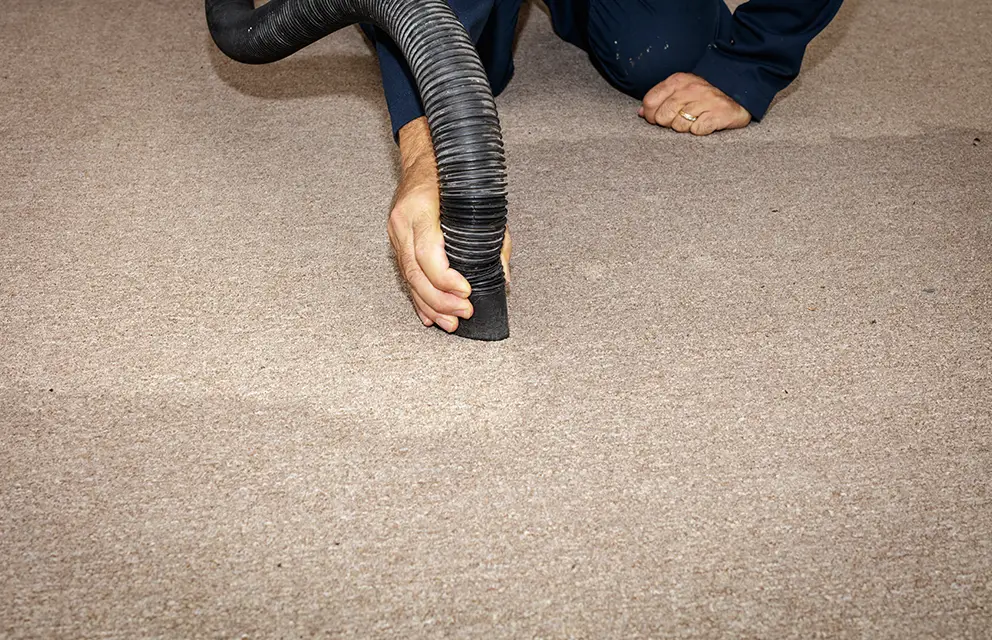
1 thought on “Carpet Water Damage: Causes, Prevention & Restoration Guide”